A spotting scope is a cross between a telescope and binoculars, so it combines the advantages of both optical devices. For one thing, it has a light weight and compact size, making it far superior to bulky telescopes in terms of handling and carrying comfort. On the other hand, it allows much higher magnifications and a more stable image than classic binoculars. For this reason, the spotting scope can be used for observations on earth as well as for sky observations.
The magnification range of a spotting scope is between 10x and 80x. Nature lovers therefore like to use it to observe shy animals in detail from a distance. Astronomy fans are also well advised to use a spotting scope, because with the 80x magnification the sky can be viewed well. Stars, planets such as Venus, Mars and Jupiter as well as the moon can be observed in detail through a spotting scope. Hunters also like to use it to save themselves long journeys. In this way, the game is not disturbed so much, which increases the chances of hunting. Last but not least, spotting scopes are also used in sports, such as for hit control and target observation in shooting sports.
No matter whether you are a wildlife observer, a sports shooter, an astronomy fan or a hunter: Before you buy a spotting scope, you should take a closer look at this optical device. As you can see, we offer you a large selection of different models in our online shop. So that you do not regret your purchase decision later, we provide you with a detailed buying guide in the lower section of the shop. There you will learn about the important differences between the individual spotting scopes and what you should pay attention to when making your purchase.
Many laypeople find it difficult to distinguish between binoculars, telescopes and spotting scopes. In principle, all these optical devices pursue one and the same goal: you want to magnify a distant subject so that you can view it from a distance in as much detail as if you were standing right in front of it. Nevertheless, there are major differences between the individual models.
Binoculars are cheaper than spotting scopes and differ from spotting scopes in their simpler construction and in their use. The latter is an observation telescope, so only one eye is used for observation. With binoculars, both eyes are used. In addition, binoculars are significantly inferior to spotting scopes in terms of magnification range and maximum possible magnification. Binoculars cannot be used for astronomical observations, which is possible with a spotting scope without any problems. Moreover, when observing with binoculars, you have to put up with shaking because you hold them in both hands. The spotting scope, on the other hand, is firmly attached to the ground and only needs to be aligned and focused once in order to observe motifs even over a longer period of time without physically exerting yourself. Last but not least, the spotting scope is also suitable for digiscoping. This means that you can not only view the image yourself with your eye, but also capture it for eternity and view it later on a monitor or print it out, for example. This is not possible with binoculars.
The spotting scope is very similar to the telescope: at first glance, many laypeople cannot tell the difference between a telescope and a spotting scope. In fact, both optical devices are very similar in their construction. However, the spotting scope is much lighter and more compact. Since telescopes are very bulky and heavy, they can only be transported with great effort. The spotting scope, on the other hand, can be taken along on trips into nature or for sports without any problems. Despite its more compact dimensions, a spotting scope uses high-quality lenses that ensure good image quality. In addition, telescopes and spotting scopes differ in their range of use: the former are only suitable for sky observation, while the spotting scope is also used by hunters, animal observers or sport shooters. With a spotting scope, you can also attach a tripod to observe subjects for longer periods without getting tired.
We recommend that you consider the following aspects when buying a spotting scope:
We would now like to take a closer look at the last point in particular.
Digiscoping is the process of photographing distant subjects such as animals with the aid of a spotting scope. The camera is mounted directly behind the spotting scope eyepiece. In this way, enormous focal lengths can be achieved, so that even extremely distant subjects can be photographed sharply and in full format. For digiscoping, you need a digital camera, a suitable spotting scope and an adapter with which the camera is attached to the spotting scope. Many spotting scopes are compatible with universal adapters.
In conclusion, we have compiled a list for you that summarises the most important advantages and disadvantages of spotting scopes.
Very good reach and magnification
Lightweight and compact despite high-quality technology
Perfect for daytime observations
Many models also suitable for night viewing
Image stabilizer missing on some models
Higher purchase price than binoculars
If you decide to buy a spotting scope, you are definitely right with the models from our online shop.
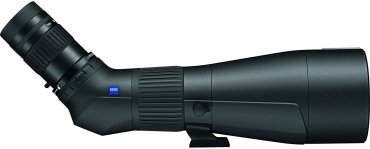



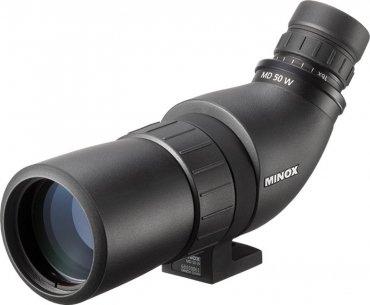
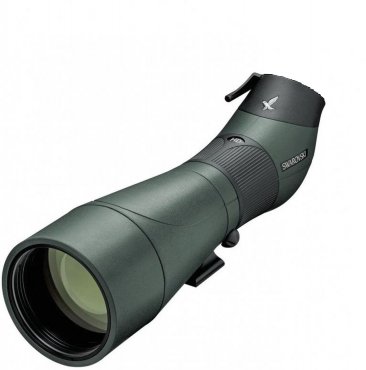
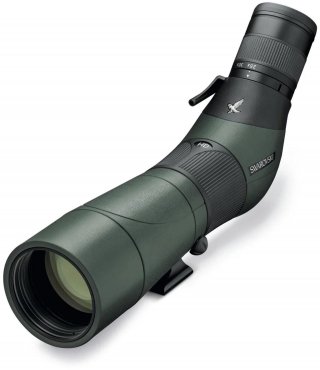
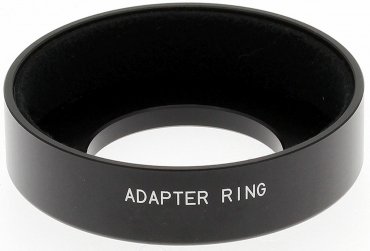
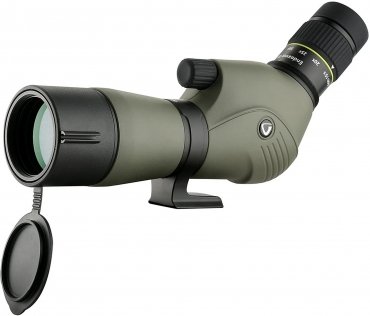
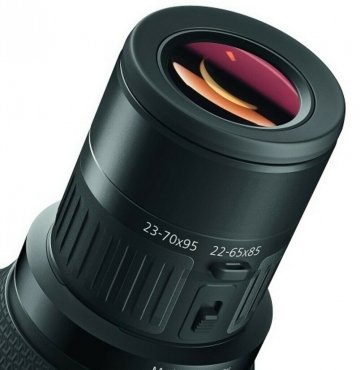
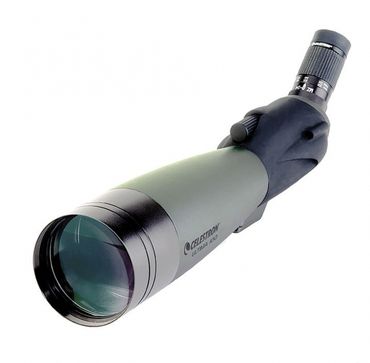
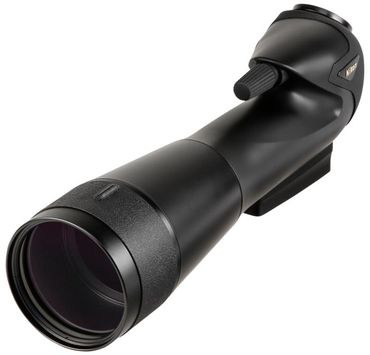
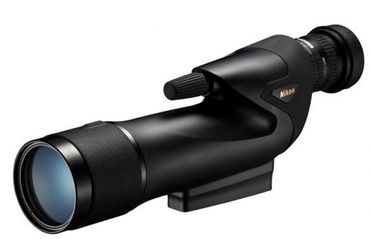
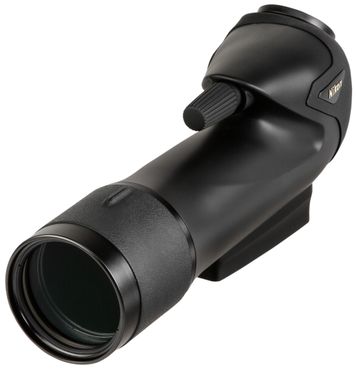
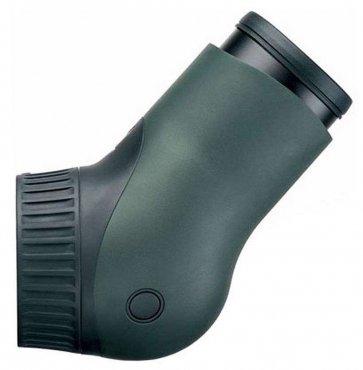
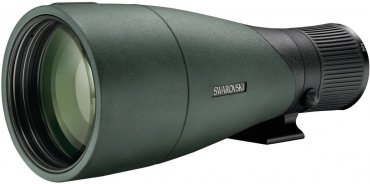
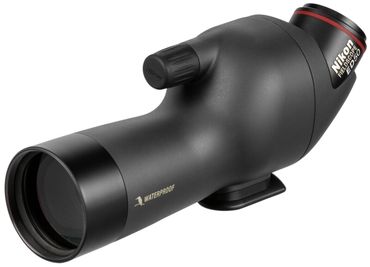
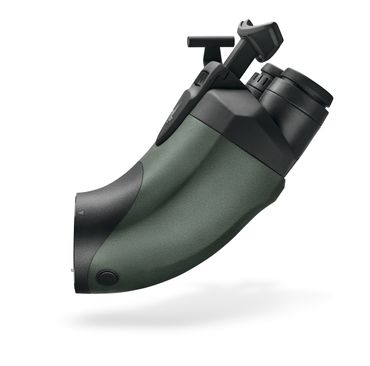

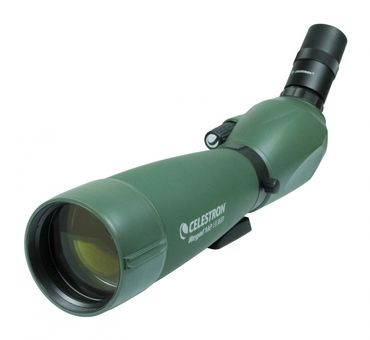

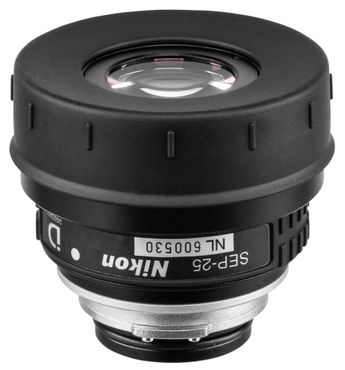
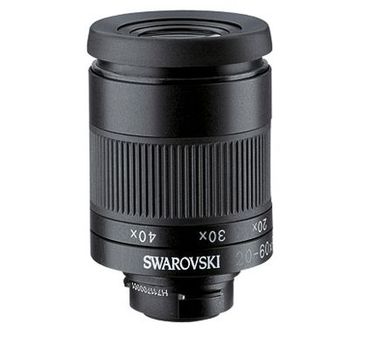
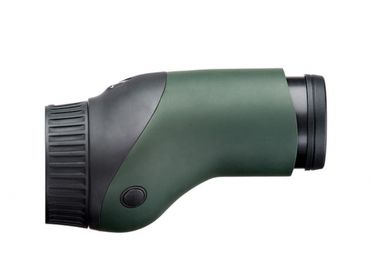
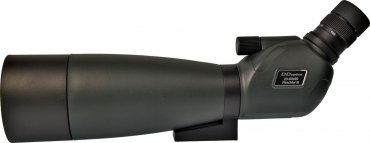
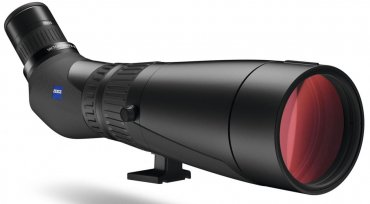
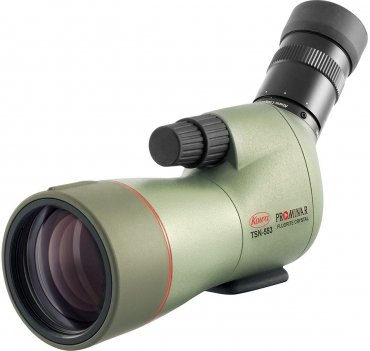

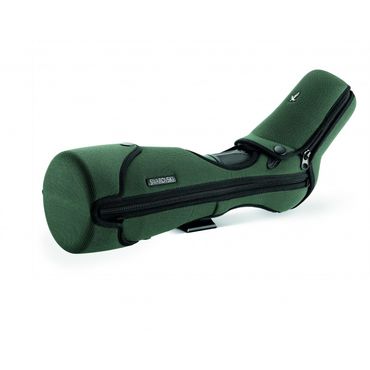
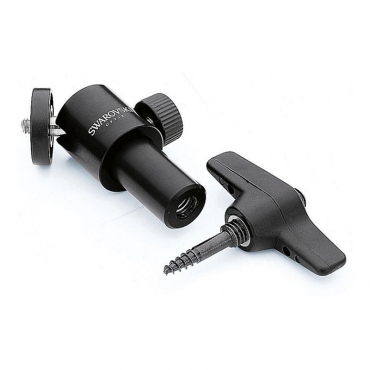
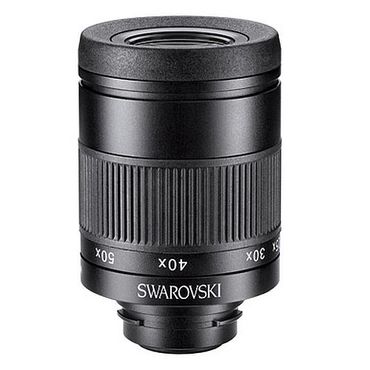
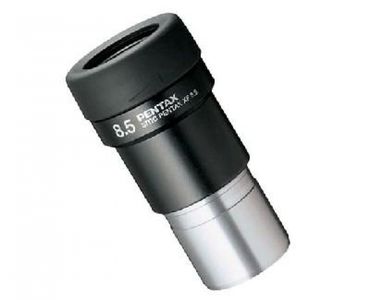

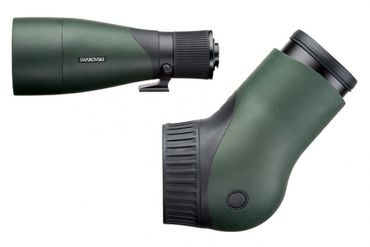
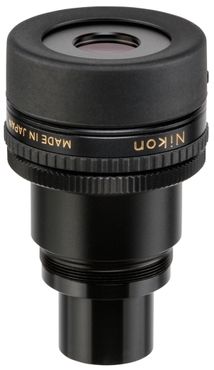
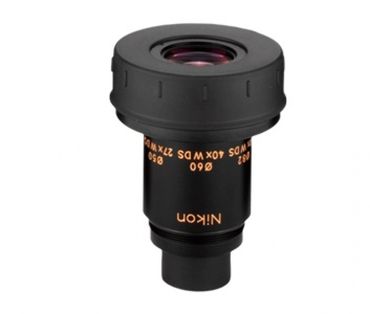
Simply subscribe and benefit as a newsletter recipient every week: